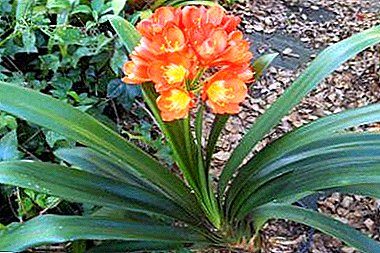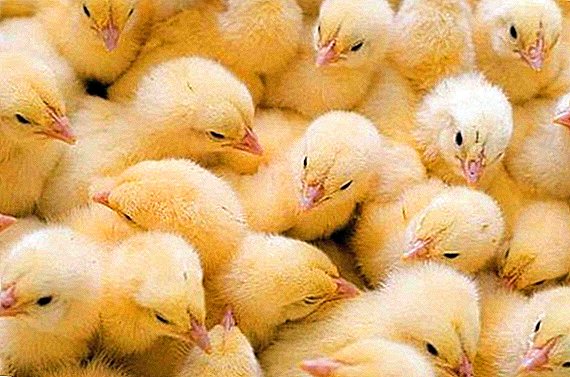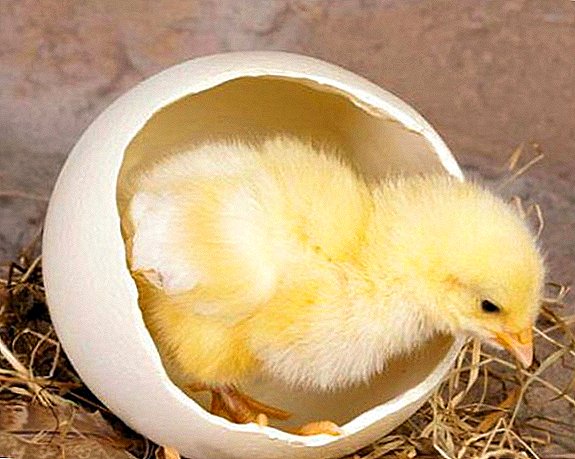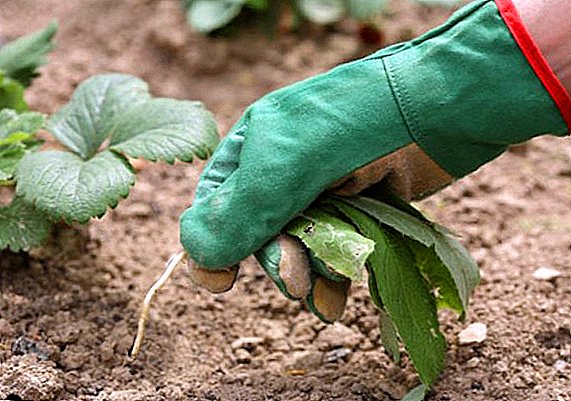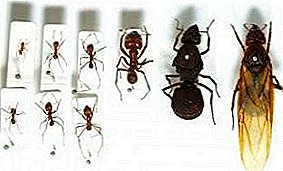
The appearance of the house of red ants is a big problem for the hostess. At first you can see 2-3 individuals carrying crumbs from the table, but over time the number of insects increases several times.
The simple destruction of worker ants will not have much effect - they will quickly restore their numbers. Fighting them must begin with the destruction of the nest and the mother of ants.
Home Ant's Uterus
Ants have a clear hierarchy in their society, headed by a queen. It is she who is primarily responsible for the survival and spread of her colony. The womb of ants does not build a dwelling, does not store food, does not protect the habitat from uninvited guests. However, all other ants observe mainly its interests, ensuring the prosperity of the anthill and its regular replenishment by new residents.
How she looks like?
 It is easy to distinguish the formic uterus from all other insects. Usually, it is much larger than other individuals.
It is easy to distinguish the formic uterus from all other insects. Usually, it is much larger than other individuals.
In addition, she has a rather large round belly of a darker color with thin light stripes. Its size is 3-4 mm and it is meant for laying eggs.
The uterus looks more massive and less agile than working ants. Another significant difference from the rest of the individuals is a wider and more developed thoracic region (in the case of simple ants, the breast is no larger than the head in size).
Such a structure is a consequence of the initial presence of wings.
Lifestyle
Once an year, ants form a large number of females and males, who have the ability to reproduce. Mating occurs during the flight. After fertilization, the female no longer returns to the home anthill, but tries to find a place to found her own colony. There she can lay her first eggs, from which the ants are working. Males in any anthill are always present in a small amount, but the attitude towards them from other insects is not too respectful.
At this point, the future uterus loses its wings - it can simply lose them, or bite off to get additional nutrients.
It is worth noting that females of red ants can sometimes not leave the anthill, but live with the rest of the uterus, because of which, within one colony, their number can reach 200 pieces. At the same time, the low-productive uterus can be destroyed - those who want to take its place are always there, but the super-fertile can even borrow in the neighboring colonies.
Over time, the anthill grows so much that small groups of insects will be separated from it, forming a kind of "branches", but at the same time maintaining contact with the mother colony. It is very difficult to destroy such a settlement, since it is necessary to find all such educations, and kill the uterus in each of them.
REFERENCE! The average lifetime of the queen redhead ant - 10-15 years. She can lay eggs all her life, which for all the years will be more than 500 thousand pieces.
The composition of individuals in the colony regulates the uterus itself. To this end, it produces the pollination of the laid eggs with special pheromones, as a result of which ants-workers appear from them. It is they who are engaged in the distribution of eggs, help the young individuals to hatch, are engaged in the extraction of food.
When the anthill grows seriously, the uterus stops catching pheromones, as a result of which individuals begin to appear again, able to multiply and establish new colonies.
How to find a nest of ants in the apartment?
 Red ants who usually scurry about in the apartment in search of food are simple workers. They can be destroyed, but it will not give any significant effect - the queen will quickly replenish her family. Therefore, it is most important to find and destroy the nest itself, while killing the uterus.
Red ants who usually scurry about in the apartment in search of food are simple workers. They can be destroyed, but it will not give any significant effect - the queen will quickly replenish her family. Therefore, it is most important to find and destroy the nest itself, while killing the uterus.
However, in reality it is not so simple. Ants tend to organize it in a warm, humid place — in the bathroom or in the kitchen. In addition, it should be dark and difficult to access for others. It may well be the cavity under the tile, channels for electrical wiring, jacks for sockets.
It may happen that the anthill will be located not in the apartment, but somewhere in the ceiling between the floors. As a result, the nest will be either impossible to find at all, or it will be necessary to acquire a complete set of fitting and assembly equipment.
Nevertheless, it is worth it to spend energy on the search. It is necessary to carefully observe the movements of ants around the apartment, to notice the directions in which they leave with their prey. Holes in the walls can be treated with mounting foam or silicone sealant - this will cut the ants from their usual feeding places.
But in cases where this is still not possible, you can take a defensive position by placing poisoned food and trying to poison the queens directly.
Domestic ginger ants - a great disaster in the apartment. Thanks to the queens, they multiply very quickly, and separating from the main nest, can form "branches". In any case, at the head of each colony is the ant queen. It differs from other individuals in its larger size, large dark belly, developed thoracic region. Young unfertilized females have wings that they shed or gnaw off after the base of their nest. Finding a nest at home is a big problem, because it can be in any warm protected place - in floors, under tile, cable channels. However, its detection and destruction of all queens is guaranteed to force the ants to leave the dangerous place of residence.
A photo
Next, you will see a photo of what a queen uterus of red domestic ants looks like:










